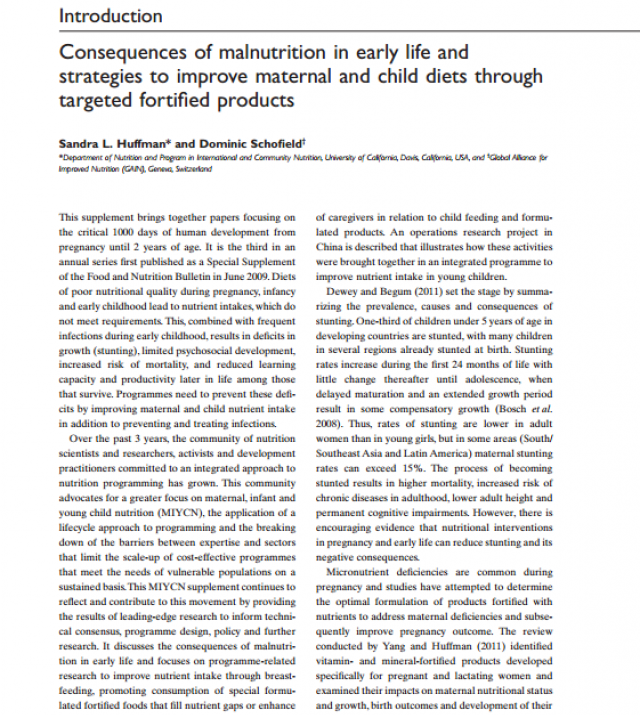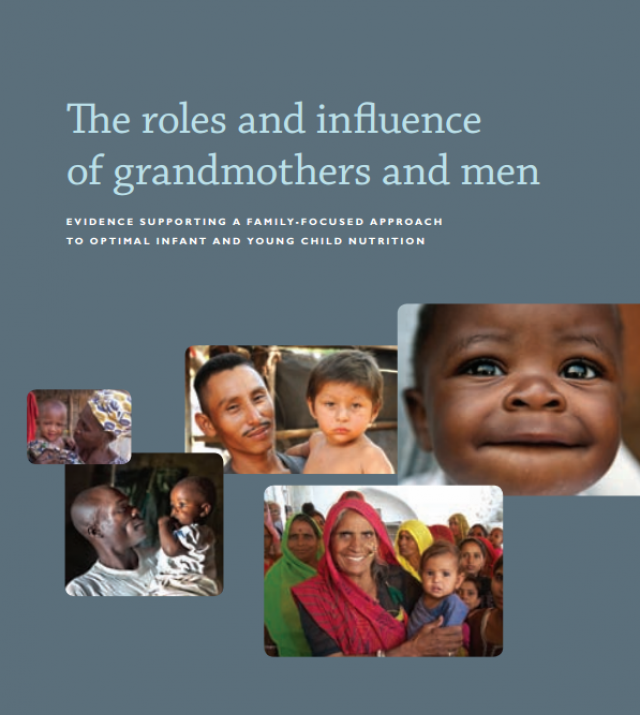
Exploring the Use and Appeal of Playpens to Protect Infants from Exposure to Animals, Animal Feces, and Dirt in Rural Ethiopia

The persistence and pervasiveness of growth stunting in low- and middle-income countries spur reexamination of disease transmission pathways related to water, sanitation, and hygiene. Animal feces constitute a more important reservoir of enteric pathogens in homes in low-income countries than previously recognized, and exploratory object mouthing and direct ingestion of soil and animal feces represent underexplored exposure pathways. The effectiveness, adoption, constraints, and scale-up potential of measures for reducing infant and young children’s exposure to fecal pathogens are recently beginning to be systematically explored.
This mixed-methods study tested the feasibility and appeal of using playpens to establish a hygienic “safe zone” for infants in rural Ethiopia. We conducted home trials of three playpen designs, including two models made from locally available materials through user-centered design. After using playpens for several weeks, caregivers reported extensive benefits, ranging from perceived safety to developmental and hygiene benefits for infants and relief from physical stress and worry for caregivers. We observed many playpens contaminated with Escherichia coli after weeks of use, though at concentrations below those of the common room floor on which infants might otherwise have played. Caregivers reported daily playpen use, but for intervals likely insufficient to protect infants from pathogen exposure affecting growth. We determine that playpens alone cannot plausibly protect infants from environmental contamination, but our results support further exploration of the potential benefits and commercial viability of scaling up the use of playpens in rural, agricultural households as part of a comprehensive approach to child development and women’s empowerment.

